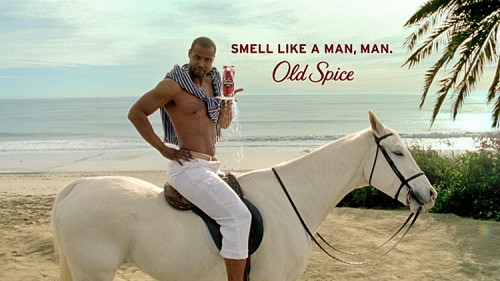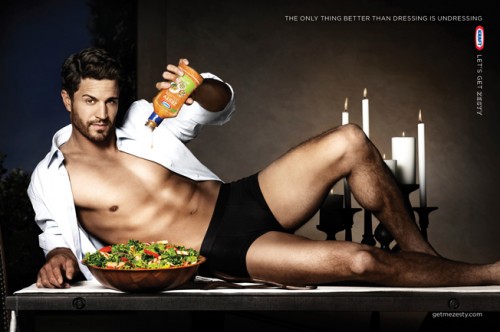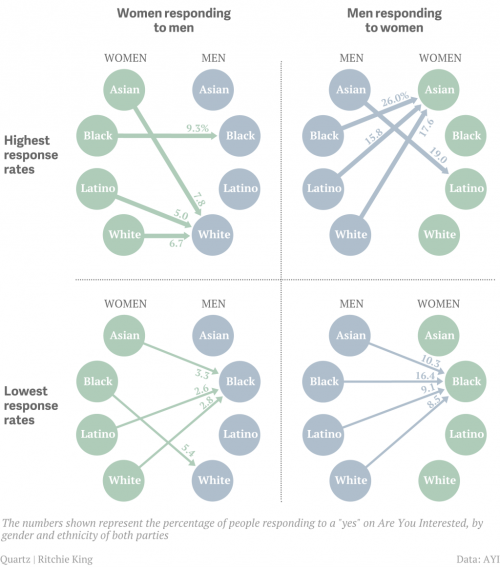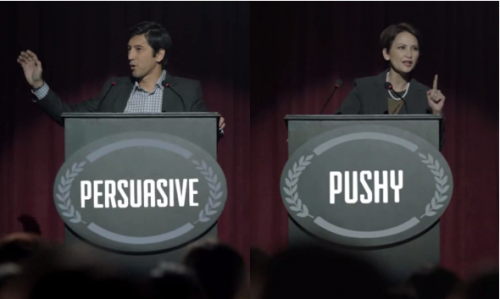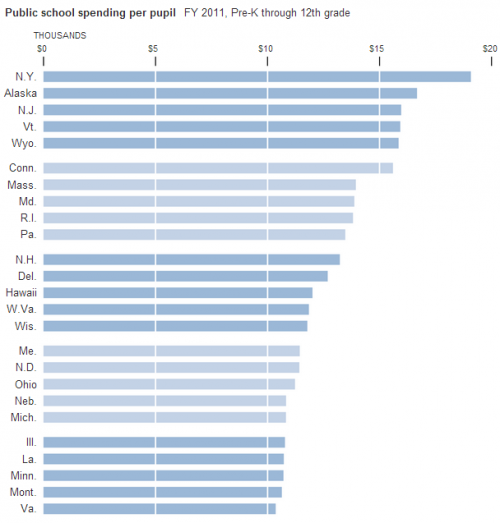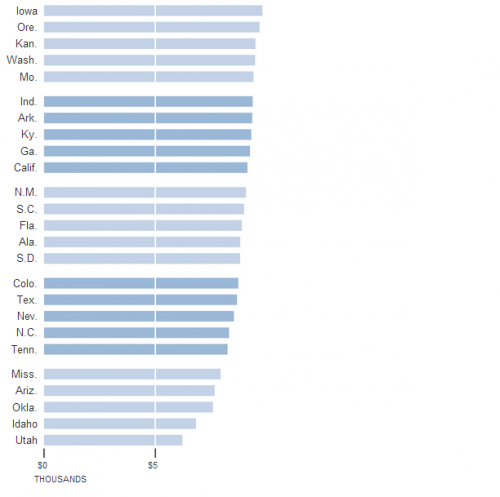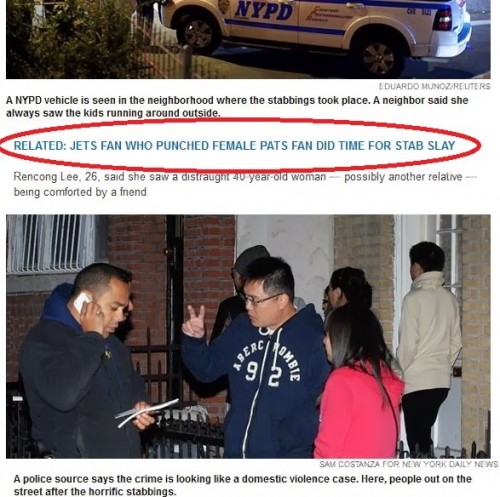Recently David Gianatasio at AdWeek wrote an analysis of the sudden rise in the sexual objectification of men in advertising. It seems to have been spurred by the wild popularity of the Old Spice character introduced in 2010, The Man Your Man Could Smell Like. Gianatasio calls it “hunkvertising.” Indeed, rippling abdominal muscles suddenly seem to be everywhere.
Gianatasio interviewed me for the piece and I had two thoughts. First, because the ads are so tongue-in-cheek, they didn’t seem to be acknowledging and validating women’s sexual desire, so much as mocking it. “It’s funny to us to think of women being lustful,” I told Gianatasio, “because we don’t really take women’s sexuality very seriously.” In this way, the joke affirms the gender order because the humor depends on us knowing that we don’t really objectify men this way and we don’t really believe that women are the way we imagine men to be.
Second, objectifying men alongside women certainly isn’t progress. There’s the old critique that, if it is equality, it’s not the kind we want. But, more importantly, the forces behind this so-called equality have nothing to do with justice. Gianatasio generously gave me the last word:
I wouldn’t call it equality — I’d call it marketing, and maybe capitalism. Market forces under capitalism exploit whatever fertile ground is available. Justice and sexual equality aren’t driving increasing rates of male objectification — money is.
Lisa Wade, PhD is an Associate Professor at Tulane University. She is the author of American Hookup, a book about college sexual culture; a textbook about gender; and a forthcoming introductory text: Terrible Magnificent Sociology. You can follow her on Twitter and Instagram.

